In audio production, the use of the right equipment can make a significant difference in sound quality. If you want to get the best out of your microphone, choosing the right microphone and audio hardware is crucial. In this tutorial, you will learn all about microphone arms and sound cards that will help you improve your audio recordings. I will present my recommendations and provide some tips that may save you a lot of trouble.
Key Findings
- A microphone arm allows you to flexibly position your microphone and minimize background noise.
- When purchasing microphone arms, pay attention to compatibility with your microphone and connection options.
- An external sound card can significantly improve the sound of your microphone and reduce noise.
- There are various sound cards that offer different features and preamps.
Step-by-Step Guide
Step 1: Choosing a Suitable Microphone Arm
First, you should choose a suitable microphone arm. A microphone arm allows you to securely position your microphone at the ideal angle without having to deal with cables or the microphone itself. I particularly recommend the LogiLink microphone arm that we use here in the office. It offers good value for money and is easy to attach to your tabletop.
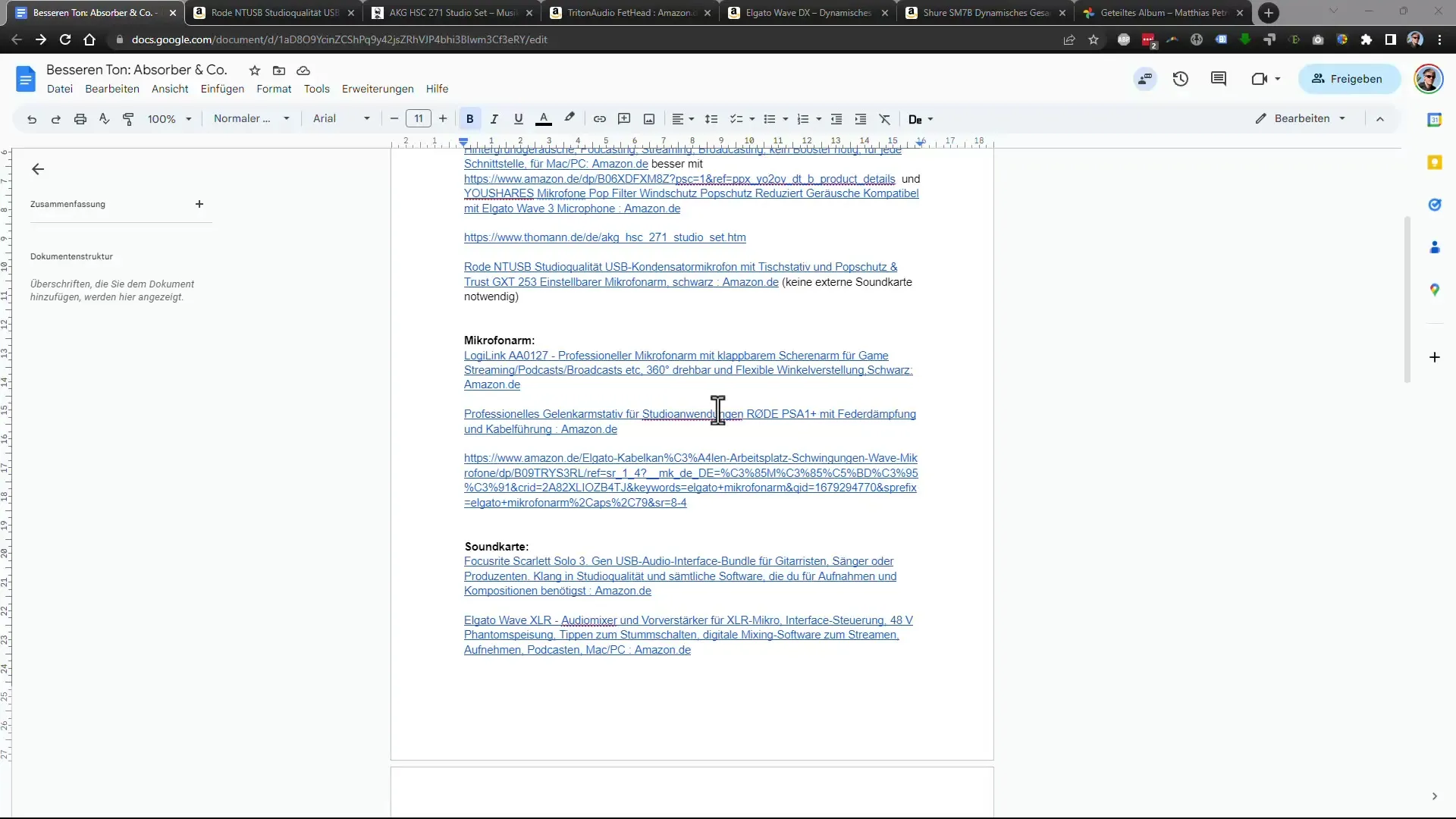
If you are willing to spend a bit more, the RØDE PSA1+ is a great option known for its stability and flexibility. Both options ensure that you can make your audio production more efficient.
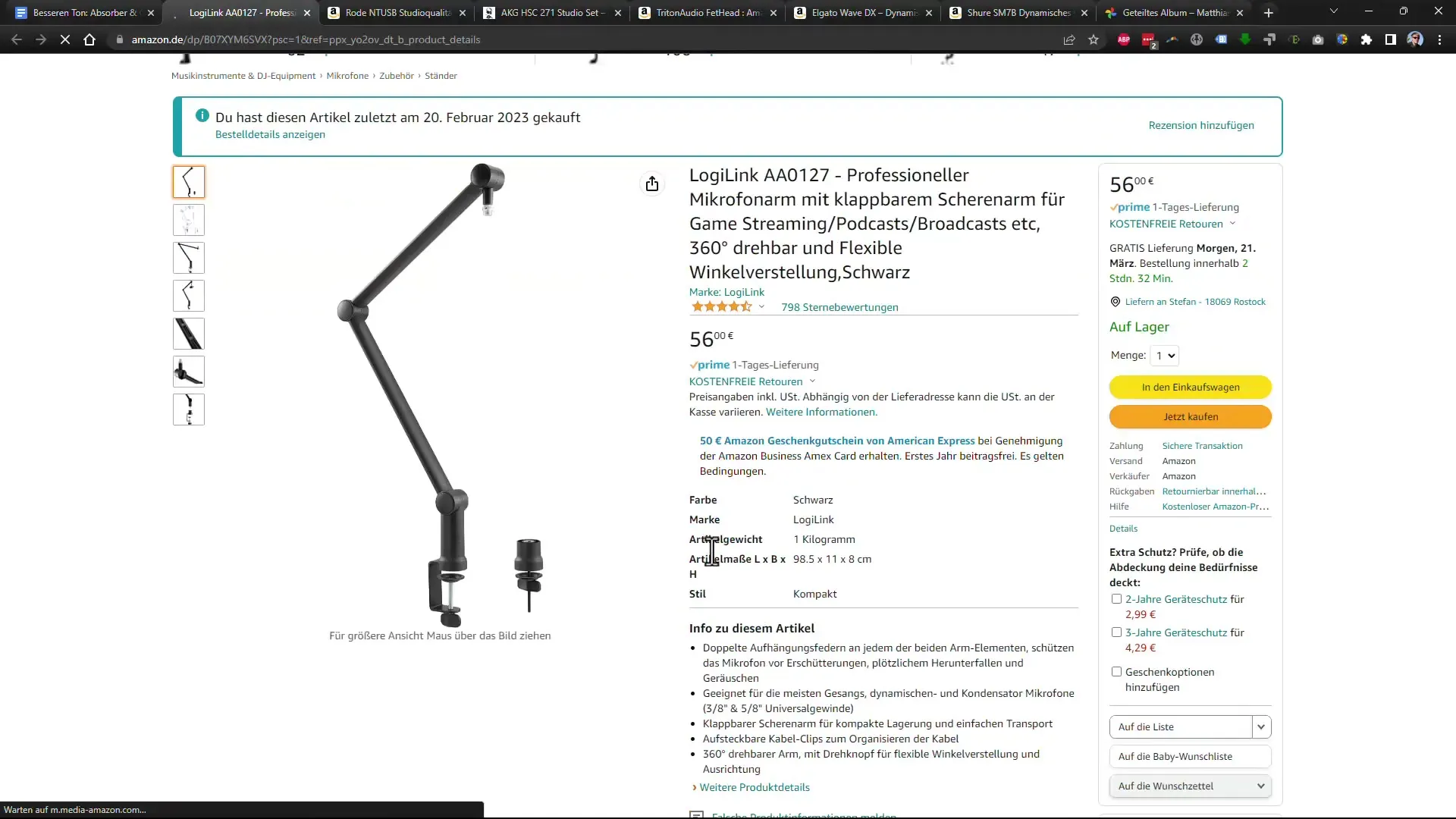
Step 2: Pay Attention to Mounting and Connection
When connecting the microphone arm, it is important that the adapter and thread match. What I noticed when first testing the Elgato Wave DX was that the thread did not fit perfectly. After a quick check, I realized that I could unscrew the thread from the microphone base slightly to achieve a better fit. This small trick can save you a lot of frustration, so pay attention to it.
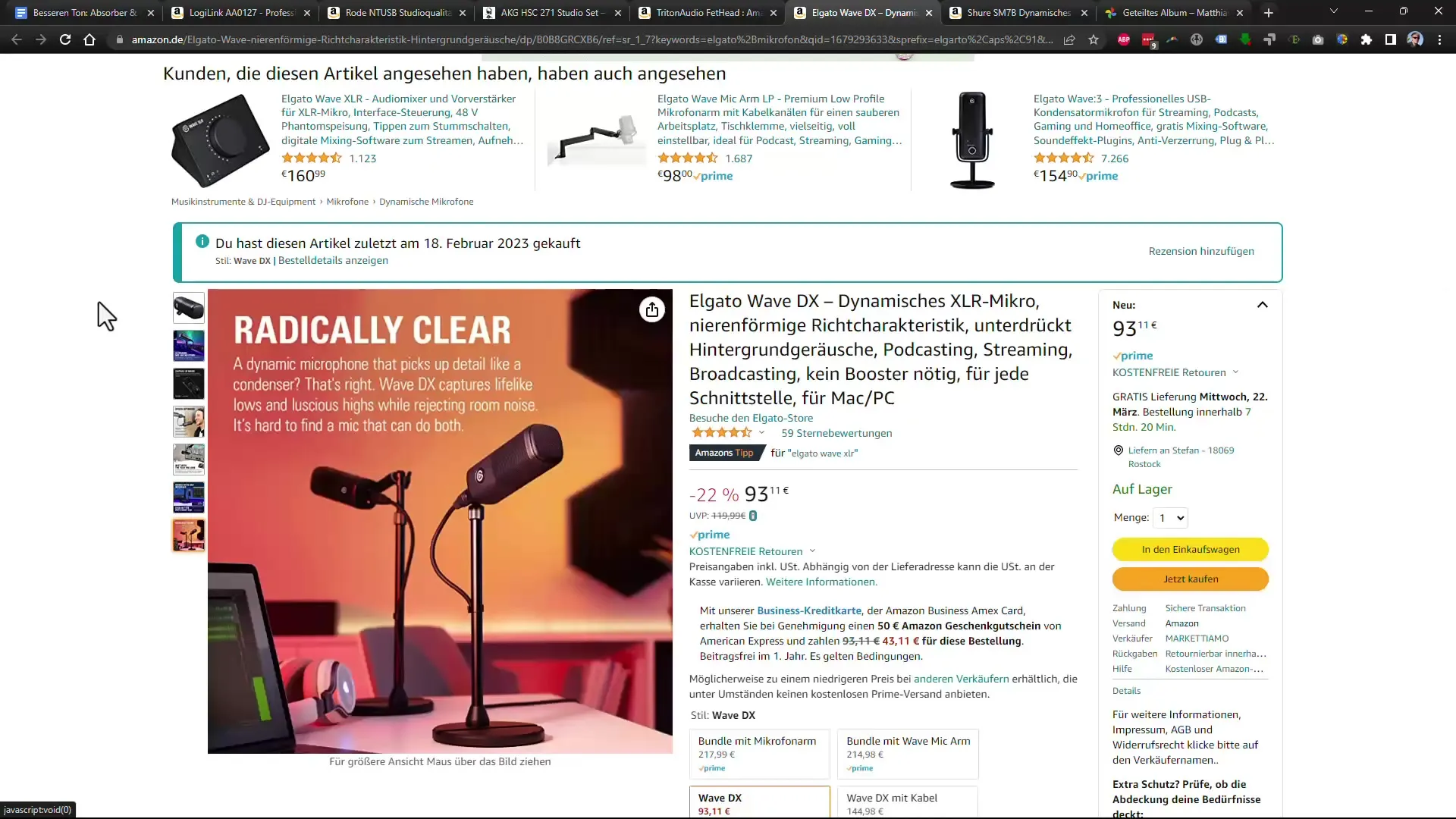
Step 3: Choosing the Right Sound Cards
The choice of the right sound card is equally crucial. A good sound card allows you to properly adjust the microphone and enhance the overall quality of your audio signal. I especially recommend the Focusrite Scarlett Solo 3. It is very user-friendly and offers excellent sound quality.
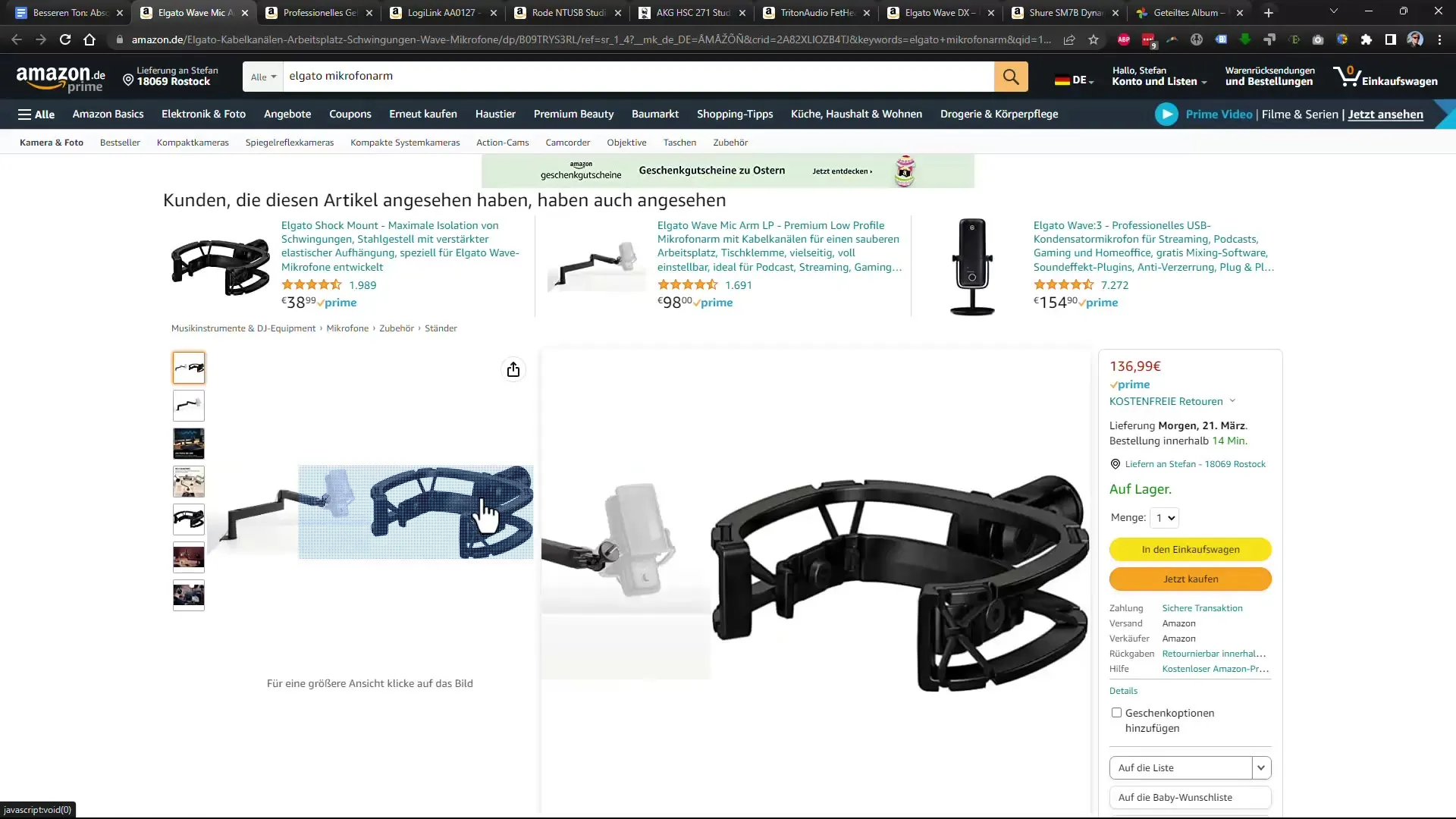
The Elgato Wave XLR is another excellent option that I highly recommend. It not only provides good preamplification but also includes software that makes adjusting audio levels easier. Make sure to pair your sound card with the corresponding microphone to achieve the best possible result.
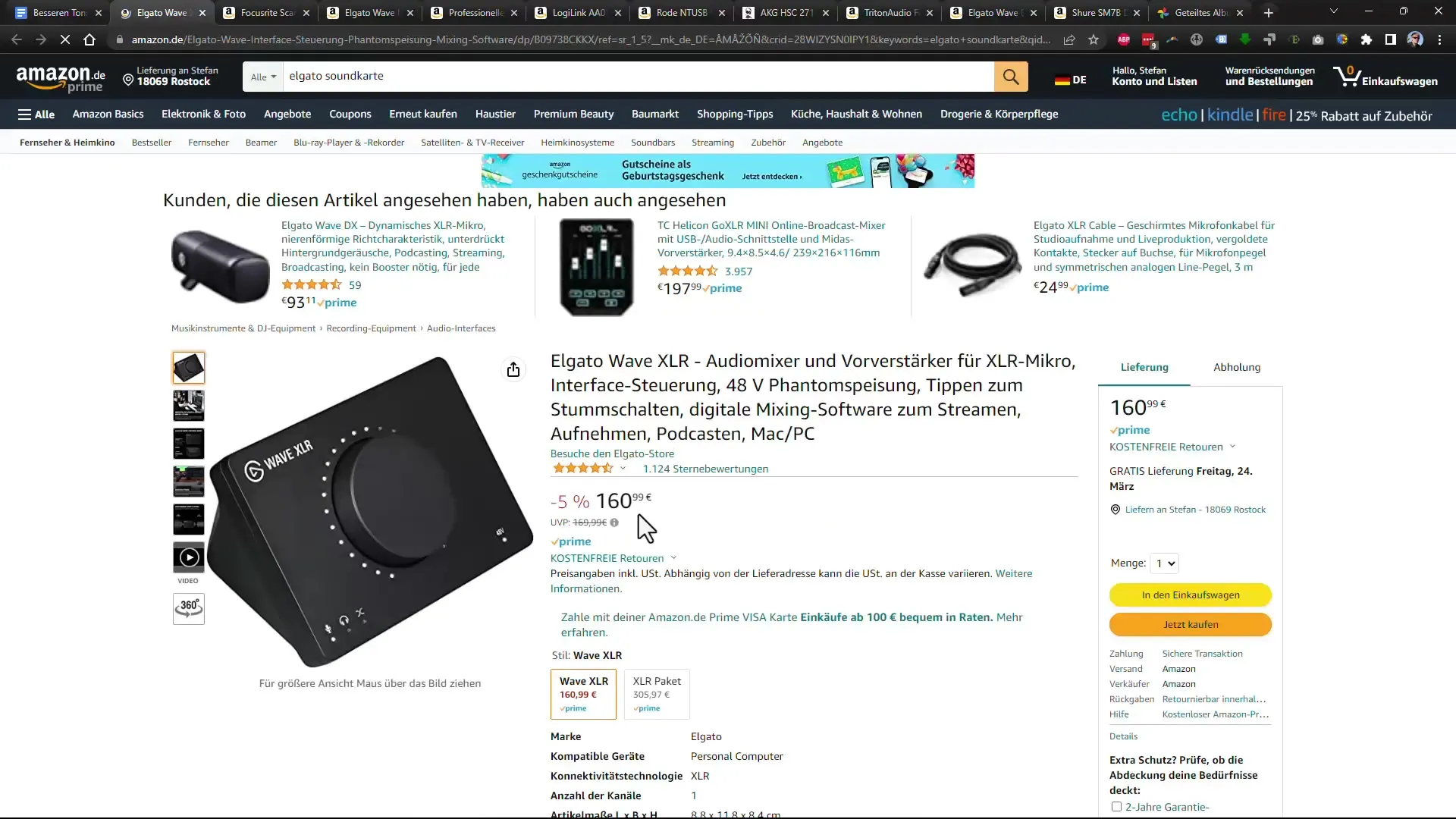
Step 4: Dealing with Noise and Background Sounds
An important aspect to consider is how to deal with noise and background sounds. When using a professional microphone, a preamplifier is often needed to optimize the audio signal. Amplifying too much can result in unpleasant noise.
In a previous video, I introduced a mechanical preamplifier that performs very well by adjusting the volume mechanically. Use this type of preamplifier to ensure that the quality of your audio remains optimal.
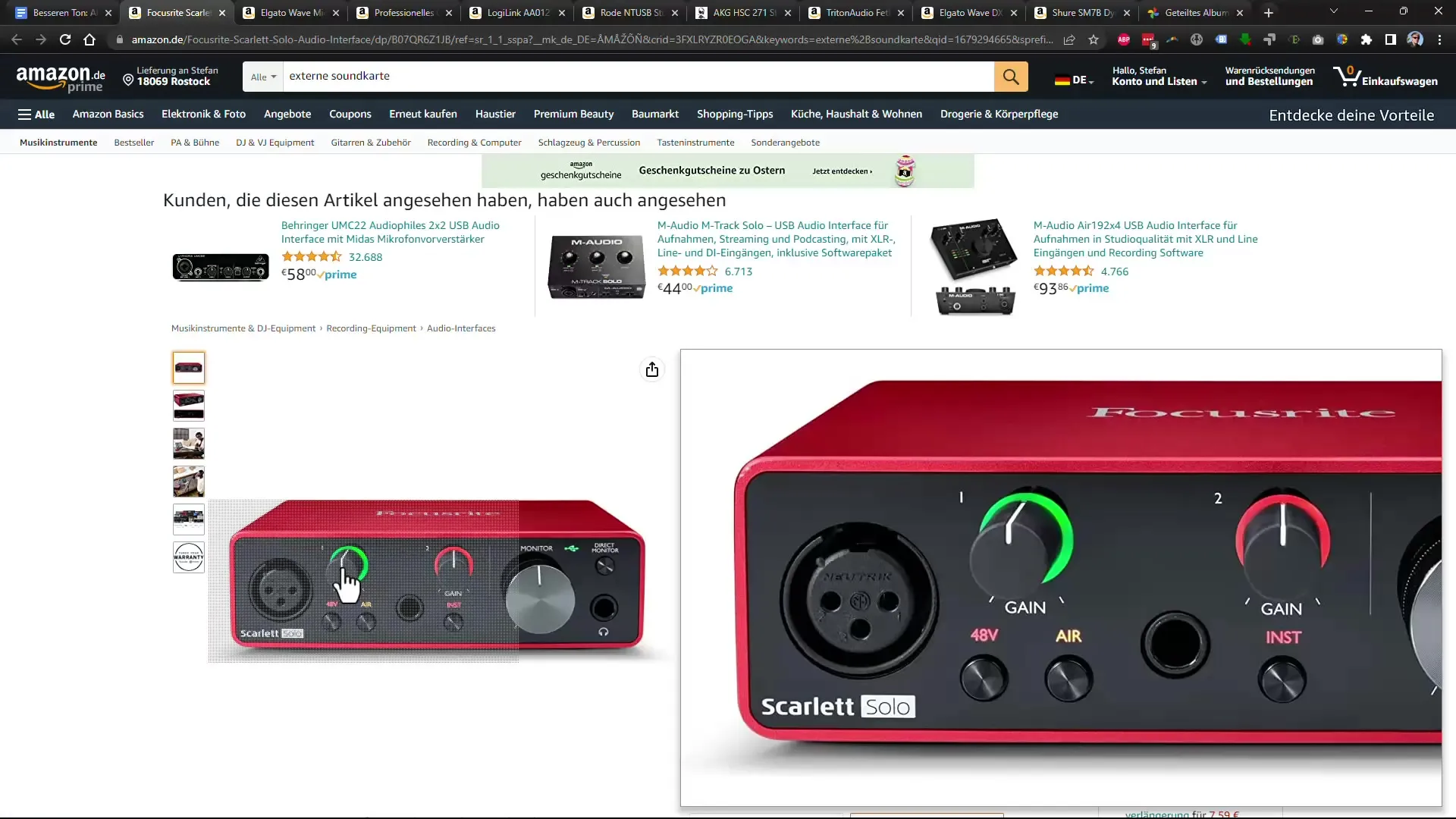
Step 5: Practical Features and Software
If you have considered the Elgato Wave XLR, this model offers some practical features that can make your work easier. For example, you can easily mute the microphone by tapping on it. Such features save time and increase flexibility during your recordings.
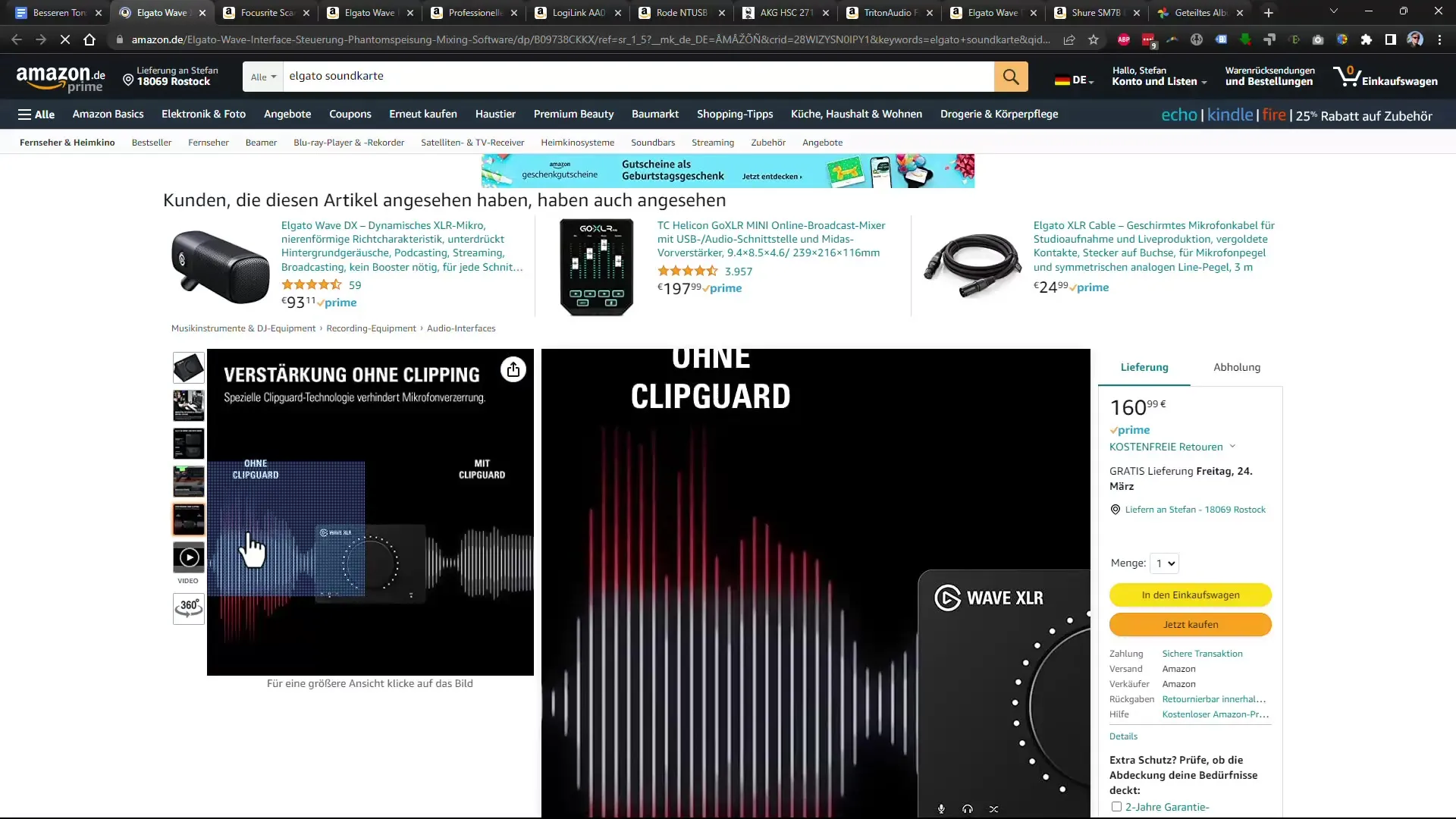
In addition to the hardware features, the software that comes with this sound card provides many useful customization options for your audio setup.
Step 6: Combining Microphone, Sound Card, and Cables
If you want to get the most out of your setup, it is important to optimize all components to work together seamlessly. In my experience, it is often helpful to use a combined set of microphone, sound card, and the corresponding cables to ensure that everything works together smoothly and the sound quality does not suffer.
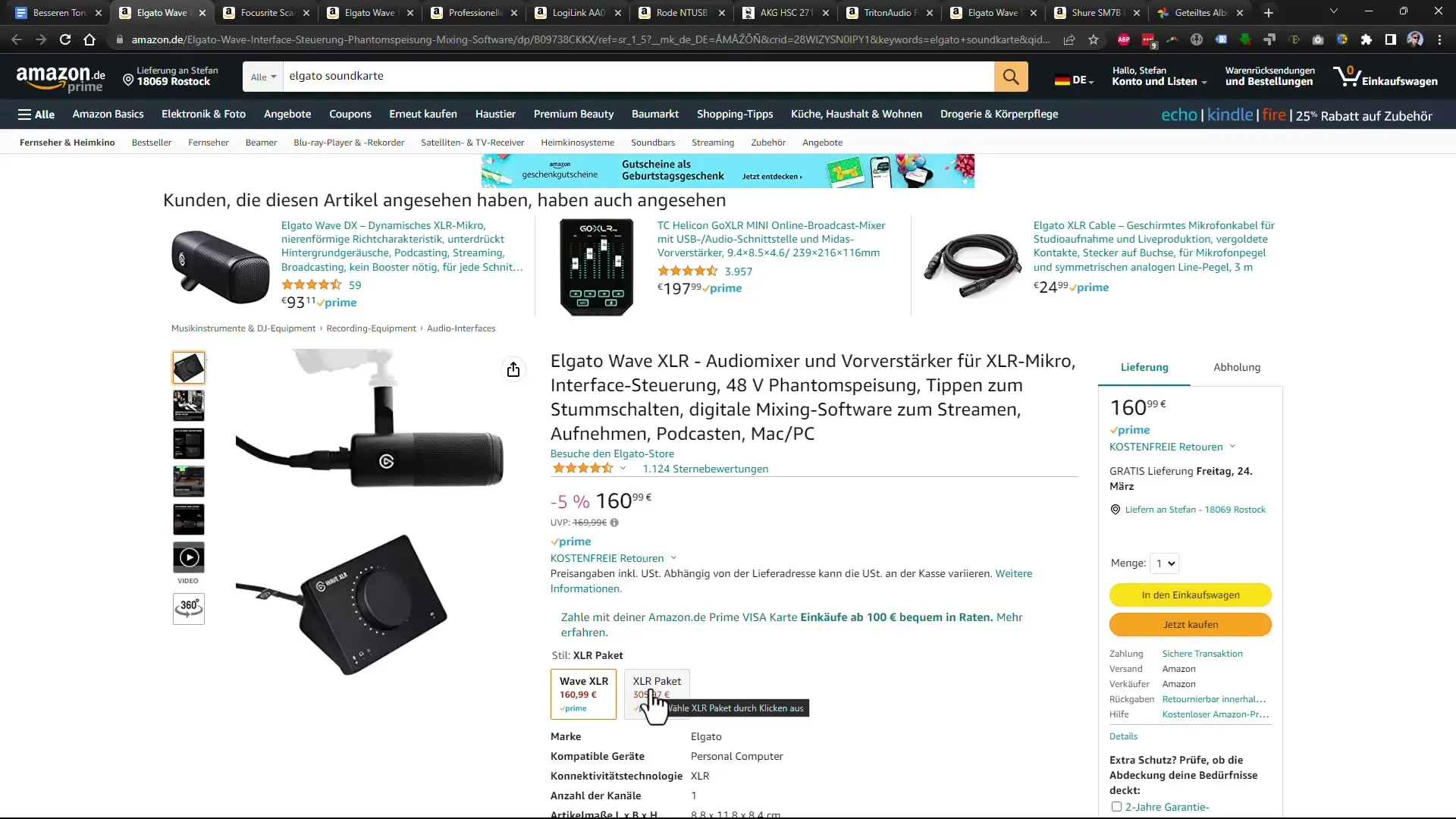
Summary
In this guide, you have learned how important it is to choose the right microphone arm and suitable sound card to improve the quality of your audio recordings. Make sure to choose compatible parts and also consider the acoustic properties of your room.
Frequently Asked Questions
What is a microphone arm?A microphone arm is a mount that allows you to position a microphone at the ideal height and angle.
How do I choose the right sound card?Pay attention to compatibility with your microphone, the available ports, and the specific features you need.
Why do I need an external sound card?An external sound card improves sound quality and often provides additional control options.
What are preamps and why are they important?Preamps boost the signal of your microphone, allowing you to record quiet sounds clearly without generating noise.
How can I reduce noise in my recordings?Avoid amplifying the microphone too loudly and use higher-quality preamps or sound cards.


